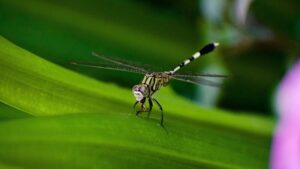
How To Design A Waterproof Mosquito Light
There’s something almost magical about a mosquito light—a beacon in the night that promises to shield us from the irksome buzz and bites of mosquitoes.

The mosquito light, commonly referred to as a mosquito killer lamp, has become an unwavering companion for numerous households in their ongoing battle against pest nuisances.These clever devices attract and trap these troublesome insects, providing much-needed relief from their constant buzzing and irritating bites.
Is there a difference in location for adults and children when it comes to mosquito lights?
In this complete guide, we will go into the art of arranging mosquito lights to ensure a restful night’s sleep for both age groups.
Before we get into the specific placement techniques for mosquito lights, it’s important to understand how they work.
Mosquito lights use a variety of strategies to simulate the attractiveness of humans or animals, including UV light, carbon dioxide production, and heat. Understanding these principles is essential for effective placement.
Mosquitoes are drawn to these lights for a variety of reasons, the most important of which are the heat and light they emanate. UV light, which is frequently in the form of blue or purple LEDs, mimics the appealing wavelengths found in moonlight.
These devices can emit small amounts of carbon dioxide and moisture, in addition to light, to imitate the presence of potential hosts.
Adults have distinct sleep cycles and mosquito-attracting elements. Consider the following parameters to ensure that mosquito lights are ideally situated for adults:
Suspend the mosquito light from the ceiling or set it on a neighboring table near adult sleeping places. However, keep it away from the headboard and inside the confines of the room. This stance deters mosquitoes from biting the sleeper.
Given that adults frequently prefer a darkly lit sleeping environment, it’s best to position the mosquito light in a low-light region. As a result, the mosquito light becomes the major source of attraction for any insects that are there.
Check that there are no obstacles between the mosquito light and the sleeping locations. This guarantees that insects have a direct line of attraction and capture.
It is critical to select the proper type of mosquito light. Some types are intended for indoor usage only, while others are suited for outdoor use. Make sure you get the right model for your needs.
Children have various habits and sensitivities, necessitating slightly varied mosquito light positioning to assure their safety and comfort.
Place mosquito lights where children cannot reach them. Wall-mounted electronics and lamps placed on high shelves are perfect. This lowers the possibility of inadvertent touch or tampering by youngsters.
Identify the areas where children typically play and position mosquito lights nearby. This is particularly effective during outdoor gatherings or in playrooms, where children spend a significant amount of time.
Children typically prefer well-lit rooms. In such cases, it’s beneficial to keep other light sources on while using mosquito lights. The mosquito light will still attract insects, but the additional lighting creates a safer, more child-friendly environment.
When arranging mosquito lights outdoors for children, ensure that they are placed strategically around play areas. Additionally, ensure that any electrical connections are childproofed to prevent accidents.
For outdoor use, the positioning of mosquito lights remains vital for both adults and children. Here’s how to ensure outdoor areas are mosquito-free:
Patio or deck: For adults enjoying an evening on the patio or deck, place mosquito lights at a suitable distance from seating areas. This keeps mosquitoes away from adults as they relax.
Children’s play areas: If children are playing outdoors, position mosquito lights around the periphery of the play area. Ensure that they are mounted high enough to be out of reach and far enough to avoid accidental contact.
Versatility of mosquito lights: Some mosquito lights come with features that allow them to be used indoors and outdoors. Explore these options for flexibility in your mosquito control efforts.
Safety is of paramount importance when dealing with mosquito lights, especially in households with children. Follow these safety guidelines for the optimal use of mosquito lights:
Keep out of reach: Ensure that mosquito lights are placed well out of the reach of children. This minimizes any risk of electrical accidents or inadvertent contact with the device.
Regular cleaning: Mosquito lights can become less effective if their traps are full or dirty. Make sure to clean and maintain the unit regularly, adhering to the manufacturer’s instructions.
Monitor outdoor usage: When using mosquito lights outdoors, keep a vigilant eye on children to prevent them from tampering with or accidentally damaging the device.
Check for electrical safety: Ensure that all outdoor mosquito lights are connected to ground fault circuit interrupters (GFCIs) to prevent electrical accidents. Regularly inspect cords and connections for damage.
After understanding the differences between mosquito lamps used by children and adults, you may be interested in the installation steps for mosquito lamps.
You may find installing them somewhat difficult, but installing an electric mosquito light is a straightforward process that can make a significant difference in your home’s comfort during mosquito season.
Here are the step-by-step instructions on how to install an electric mosquito light effectively:
Gather your tools and equipment: Before you begin the installation process, make sure you have all the necessary tools and equipment at hand. You will typically need the electric mosquito light, screws, a screwdriver, a power source (outlet or batteries), and any mounting brackets or accessories that come with the unit.
Choose the installation location: Select the most appropriate location for your electric mosquito light. Ideally, it should be placed near areas where mosquitoes are most active, such as near windows, doors, or outdoor gathering spaces. Ensure the installation spot is close to a power source if the unit is not battery-powered.
Mounting the lightIf: your electric mosquito light comes with mounting brackets or accessories, follow the manufacturer’s instructions for attaching these to the unit. Secure the light to the chosen location using screws or other provided fasteners. Make sure it is firmly attached to prevent it from falling.
Connect to power: If your electric mosquito light operates using an electrical outlet, plug it into a nearby outlet. If it is battery-operated, insert the required batteries into the unit, following the manufacturer’s recommendations for the correct battery type and placement.
Test the light: Before relying on the electric mosquito light to keep your space mosquito-free, test it to ensure it is functioning correctly. Turn on the light and check that it attracts and traps mosquitoes effectively. This step is crucial to confirming that the unit is in proper working order.
Adjust the settings: Many electric mosquito lights come with adjustable settings, such as different light levels and modes. Depending on your needs, customize the settings to suit your preferences.Some units may have features like timers or sensors to automate their operation during peak mosquito activity times.
Maintenance and cleaning:To maintain the effectiveness of your electric mosquito light, periodically clean it as per the manufacturer’s recommendations.This may involve emptying and cleaning the mosquito collection tray, replacing bulbs or lures, or other maintenance tasks to ensure its continued functionality.
Regularly monitor and replace consumables: Keep an eye on the consumable parts of your electric mosquito light, such as the bulbs or lures.Replace them when they show signs of wear or when the manufacturer’s recommended replacement interval is reached. This maintenance ensures the unit continues to attract and capture mosquitoes efficiently.
Enjoy a mosquito-free environment: With your electric mosquito light properly installed and maintained, you can enjoy a mosquito-free environment in your home or outdoor space. It provides peace of mind, comfort, and the ability to relax without the annoyance of mosquitoes.
The placement of mosquito lights should be tailored to the unique needs and preferences of both adults and children.
By following the guidelines outlined in this comprehensive guide, you can create a mosquito-free environment that guarantees a peaceful night’s sleep and comfortable outdoor activities for the entire family.
With the right positioning, safety measures, and installation tips in place, you’ll be well-prepared to combat the mosquito menace and enjoy mosquito-free nights and outdoor gatherings.
Mosquito killer lamps are invaluable additions to any household, providing a robust defense against these bothersome insects.
By understanding the differences in placement for adults and children, you can maximize the effectiveness of these devices, ensuring the safety and comfort of every member of your family.
So, strategically position your mosquito lights and bid farewell to those pesky mosquitoes!


There’s something almost magical about a mosquito light—a beacon in the night that promises to shield us from the irksome buzz and bites of mosquitoes.

Within the first few moments of considering a mosquito light, the idea transforms from a mere concept into a beacon of hope against the nightly
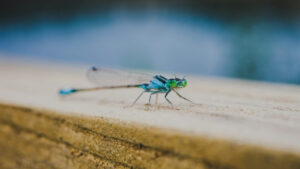
The moment you switch on a mosquito light, you declare war on those pesky insects. But what if I told you that you could turbocharge

Imagine this scenario: as the hues of twilight blend into the evening sky, your mosquito light buzzes to life, standing guard against the night’s swarm
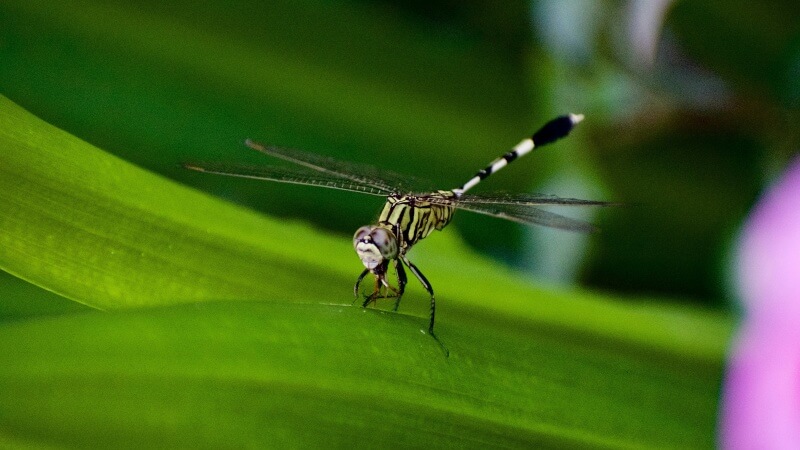
There’s something almost magical about a mosquito light—a beacon in the night that promises to shield us from the irksome buzz and bites of mosquitoes.

Within the first few moments of considering a mosquito light, the idea transforms from a mere concept into a beacon of hope against the nightly
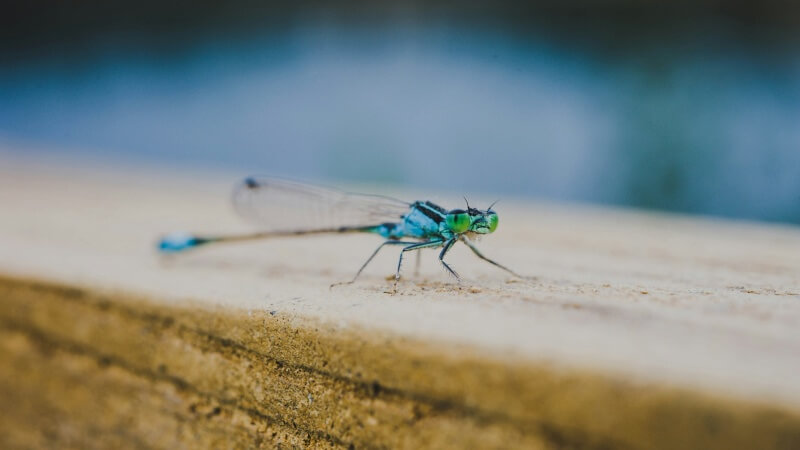
The moment you switch on a mosquito light, you declare war on those pesky insects. But what if I told you that you could turbocharge
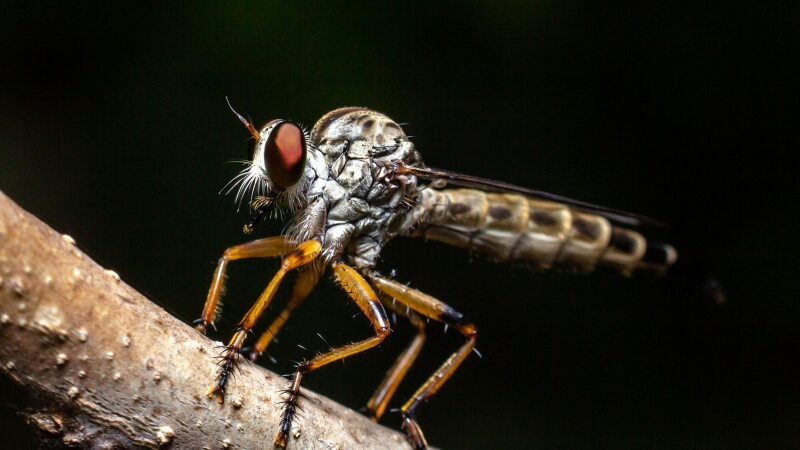
Imagine this scenario: as the hues of twilight blend into the evening sky, your mosquito light buzzes to life, standing guard against the night’s swarm
Copyright © 2025 mosquitokillerlight. All Rights Reserved.